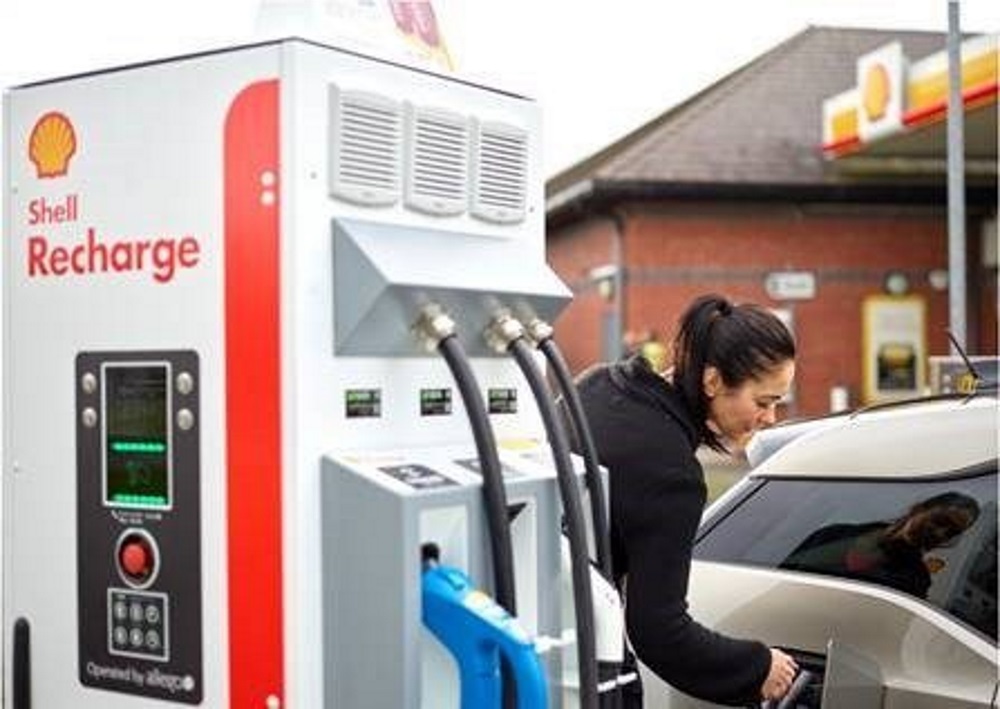The race is on to see which countries can sell the most electric cars in an effort to reduce global warming.
As with many things counted in raw numbers, China is far ahead, with 1.28 million electric cars on the road. As with most things Chinese, however, the population numbers—of people or of cars—don't tell the whole story.

Scoot Quad (nee Renault Twizy) tested in San Francisco, Oct 2015
Infographics can be a way of buying traffic, but on occasion there's one with a little more substance behind it. Such is the case for an interactive tool by GoCompare, an insurance aggregator, that helps break down who is leading in an especially thought-provoking way, grabbing information from the European Alternative Fuels Observatory and the IEA.
Third place goes to Japan, with 205,000. Norway doesn't appear until fourth place, followed by the U.K., the Netherlands, France, Germany, Sweden, and Belgium to round out the top 10.
Electric cars per person
By population, or by the percentage of cars on the road, things take on a different perspective. Per capita, the U.S. has more than twice as many electric cars as China, about 0.2 percent, versus less than 0.1 percent in China. China also has a much larger population who don't own a car at all.
DON'T MISS: Why the future of electric cars depends on China's war on pollution
The country with the most electric cars per capita, by far, is Norway, where 3.3 percent of the total population owns an electric car. followed by the Netherlands (0.7 percent), Sweden (0.4 percent), and Belgium (0.3 percent), before the U.S., U.K., France, Japan, and Germany, before reaching China in tenth place.
Electric car percentage
As a percentage of total cars in the country, Norway again pulls far ahead, with 6.5 percent of all the cars on Norway's roads being electric. The Netherlands again comes in second—a distant second—at 1.46 percent of the total cars, followed by Sweden (0.9 percent), Belgium (0.5 percent), tied with China (remember, most Chinese don't yet own cars), France and the U.K. (0.4 percent), the U.S. and Japan (0.3 percent), then Germany with 0.2 percent.)

Shell charging station in Britain (higher res)
Perhaps more important than the raw number of chargers is the number of chargers per electric car, per capita, and by length of road.
As electric car sales begin climbing, so do stories of long waits at public chargers, pointing out the need for the number of electric cars not to overwhelm the available infrastructure. This problem will only increase as more city and apartment dwellers begin buying electric cars.
CHECK OUT: Half of all new cars sold in Norway last year are electric or hybrid, as diesel ebbs fast
The Netherlands leads with more than one public charging location for every four electric cars on the road, followed by Germany with a little more than 1 for every 5 cars. After that comes China with a charging station for every 6 cars. Japan and France have a charging station for about every 7 cars; the U.K. 1 per 10 cars; the U.S. 1 per 17; and Norway, 1 per 18.
The number of chargers per mile of road is also a key measurement of the ease of ownership for electric cars—and one that puts big, sparsely populated countries like the U.S. at a big disadvantage. Per mile of road, the tiny Netherlands has more than 14 charging stations; Norway has almost seven. China 2.5, the island nations of the U.K. and Japan a little less than two, France 1.6, and the U.S. and France less than 0.6 chargers per mile of road.
READ THIS: China will lead US in electric cars for this one reason
Chargers per capita may be a less practical measure, but it may be no less important. because it can give potential electric-car buyers confidence that they can find a place to charge if they run low on juice while out running errands or if they need to make a long trip. More public chargers per capita (as well as per mile and in sheer number), can help speed the future adoption rate for electric cars.
Again, Norway and the Netherlands lead with almost 0.2 charging locations per capita. China and the U.S. fall in seventh and eighth place, respectively, with 0.02 and 0.01 percent as many chargers as people. China has more than four times as many of each.












